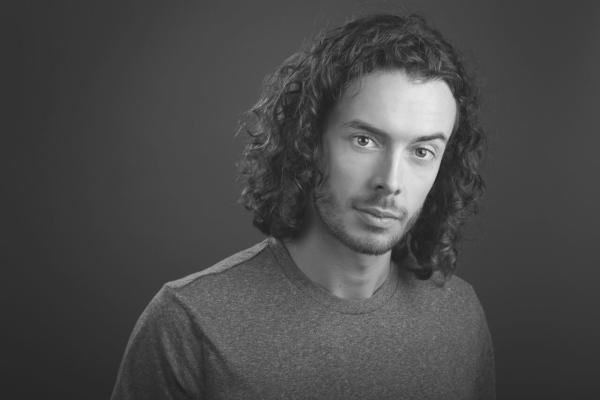Meet the Composer: Ben Rowarth
One of the key commissions of 2018’s Festival received its first performances at St Pancras Church and St Cuthbert’s, Earls Court during Festival week. Ben Rowarth’s Night Prayer: Compline Renewed is an experimental, atmospheric exploration of the office of compline. We spoke to Ben about his career so far and what to expect from his new work.
When did you start composing? 
I suppose I started properly composing when I was about fourteen. The first piece I was pleased enough with to write out in full was a setting of There is no rose which has actually been performed quite a few times since.
What made you start composing?
I always used to love improvising; I would spend hours on the piano as a child making up pieces or trying to recreate things that I had heard. To begin with, I didn’t really care whether the pieces I wrote would ever be performed; I just wanted to keep a record of what I was doing.
What drew you to involvement in the Festival?
The LFCCM is unique in that it focuses entirely on contemporary music within the genre of sacred music – a genre that has an incredibly rich musical and cultural heritage – so I’m delighted to be involved in creating new music to further that heritage.
What should we expect from Night Prayer?
Compline is a beautiful, meditative service that is appreciated by both church-goers and non-church-goers alike. It features text that is relatable, thought-provoking, and structured in a way that really invites enhancement by music. Night Prayer is an integrated and complete musical setting of Compline. It looks back at compline’s history, the theological reasons for the incorporation of its elements and tries to provide music that enhances these elements. In doing so, a number of new and experimental ideas are brought to life which I hope provide an exciting and life-affirming experience.
What has your composition process for this piece involved? Was any of this unusual?
My process for Compline featured a huge amount of research into the human needs addressed by elements of the liturgical service; death contrasted with life, darkness contrasted with light, night and day, danger and safety. I looked at the historical background of how, when, where and by whom this service was performed which also brought up themes of the collective contrasted with the individual, and the human impulse to call and respond to one another. All of these ideas inspired new ways of moving music around space and experimenting with audience immersion to change the way the listener experiences both words and music.
What (or who) are your greatest inspirations?
They are constantly changing. I love the music of George Benjamin, Thomas Adès, Stravinsky, Ravel, Monteverdi and numerous others. When writing a piece, I often find as much inspiration in visual art, literature and poetry as in other music. It is very often images, still or moving, and moods that provide a spark suggesting a certain sound, texture or melody. When writing vocal music, you very often find yourself influenced by the creators of text you have chosen to set. In this respect, I think I am as influenced by the ideas and aesthetics of the poetry of E E Cummings as I am by any musical composer.
How would you describe your composition style/influences?
I don’t believe in atonality and I think my music is stylistically influenced both by historical composers who are based in traditional harmony, and by twentieth-century composers who aren’t. I have recently very much enjoyed working on commissions which have been direct responses to music by 16th- and 17th-century composers. I love taking the techniques and ideas used to structure and create music of this era and bringing them into a 21st century aesthetic. I have also become very interested in the mechanical sounds of our world and the use of computer technology to enhance the potential sound pallet. The way this has been thoroughly incorporated into popular genres and film soundtracks is something that I believe classical art genres could still learn from.




